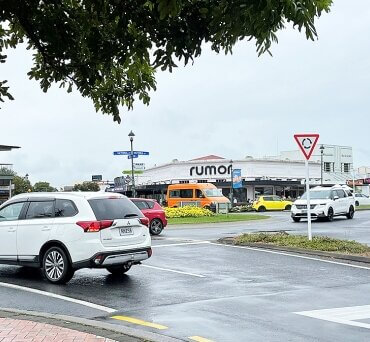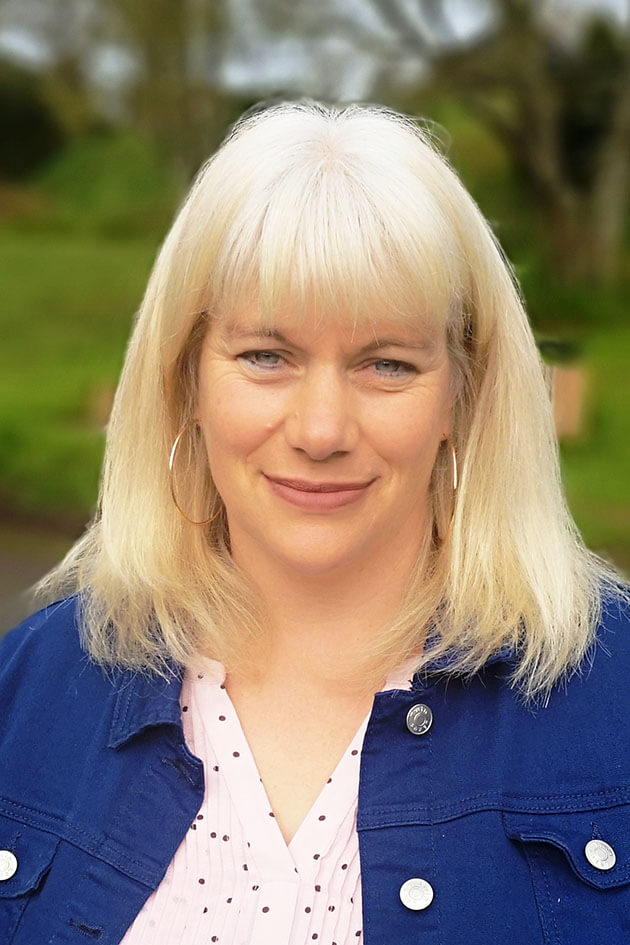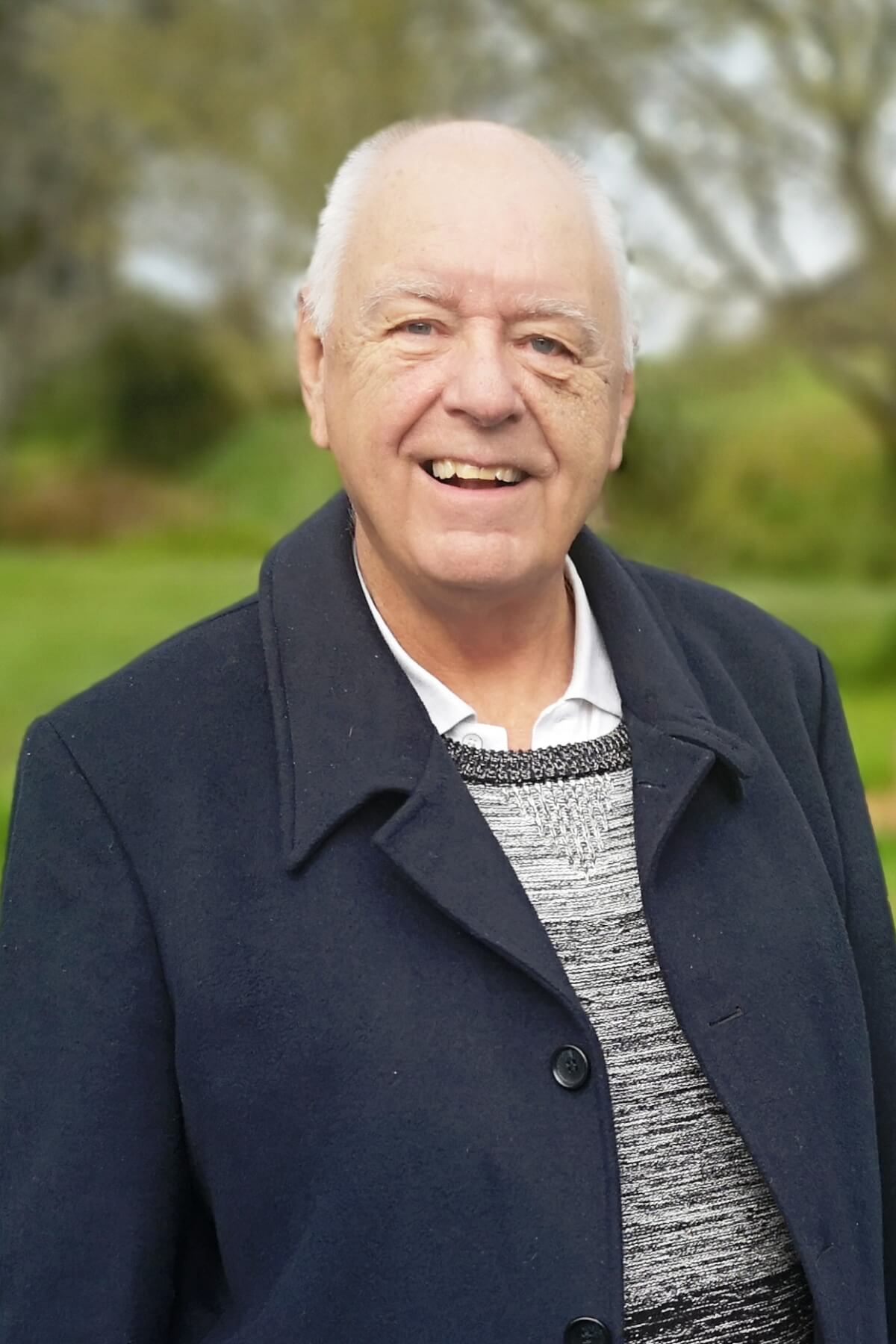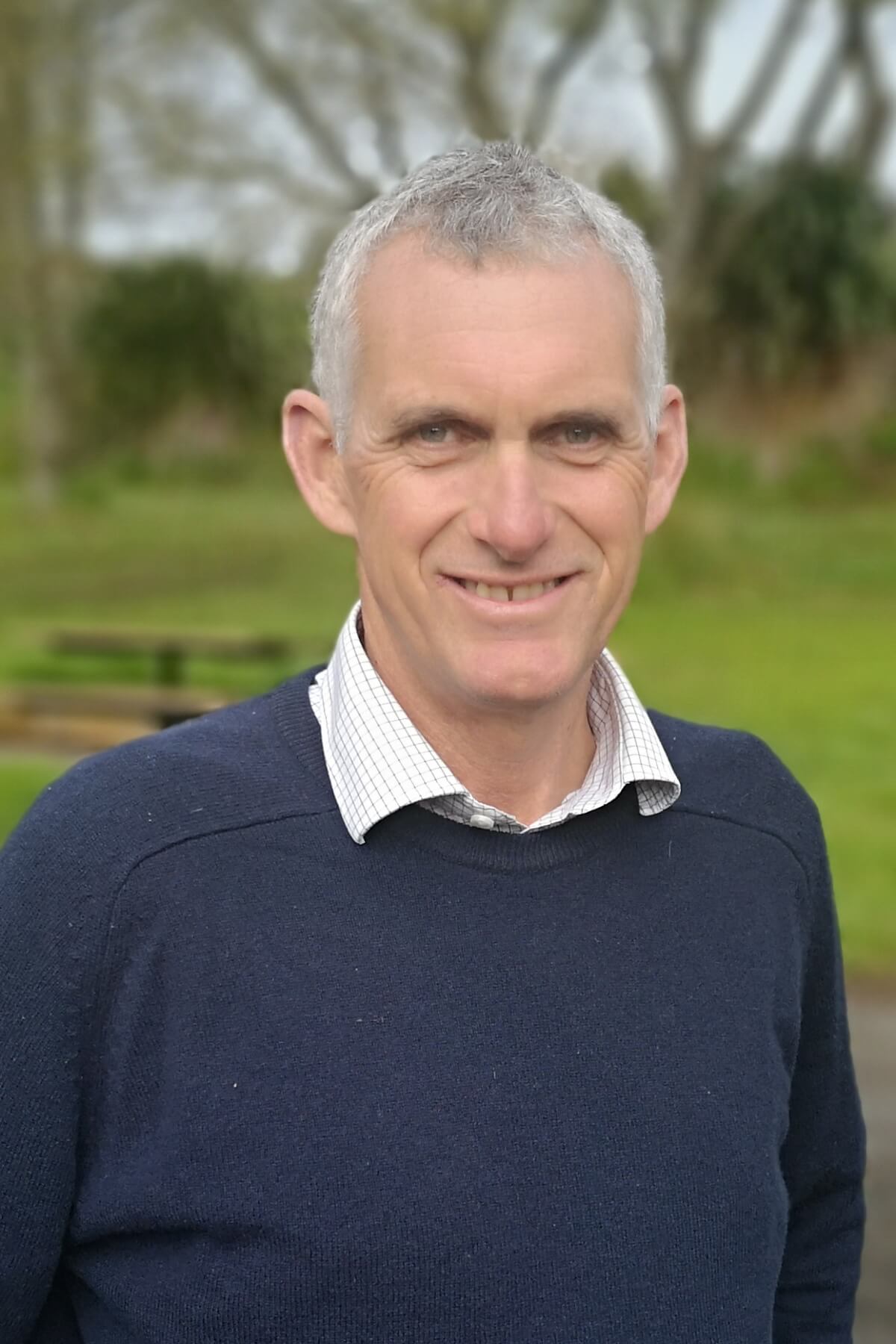
Time to carpool
Cambridge residents have a high dependence on cars and on key connections through the town which results in significant bottle necks at peak time.
And the town’s transport network shows little consideration for other transport modes such as walking, cycling and public transport making cars the most realistic choice.
Those are the key findings in the Cambridge Connections programme draft business case considered by Waipā District Council’s Service Delivery committee this week.
The situation is so bad that Cambridge lags behind its big city cousin Hamilton with lower rates of walking/jogging, cycling and public transport.
Safety is a big concern, particularly for cyclists.
“Not feeling safe riding a bike has been a consistent community feedback theme for Cambridge,” the report reveals.
People on bikes in Cambridge are almost four times more likely to be killed or seriously injured in a crash than motorists.
“Without both actual and perceived safety, large numbers of people will not choose to bike.”
The 92-page draft report brings together all the niggles Cambridge residents have about transport options and creates an opportunity for the community, deputy mayor Liz Stolwyk said.
The project will go on to assess Cambridge’s transport system and the function of its streets, roads, bridges and intersections and then develop a programme of interventions to ensure it continues to function effectively in the future.
“It’s important we get this out. The more of our community we can bring along this journey, the better,” said Stolwyk.
Councillor Roger Gordon said he had read the report thoroughly.
“Throughout the report there are a number of quite strong statements that endorse the need for change across the whole network.”
Councillor Philip Coles asked whether the future work would identify a site for a third Waikato River crossing.
More than 28,000 vehicles a day cross the town’s two bridges across the Waikato River – Victoria and Fergusson – with the community “heavily reliant” on the two “vulnerable” bridges.
Transportation manager Bryan Hudson said the work would not identify an exact location yet.
“The programme business case will say these are the actions to take quickly because they have the best impact for your community. There will be others that are saying there are longer term things you need to plan for. It will produce a programme of works and a timeframe.”
Public transport will be part of the solution and consultation will look towards the next phase to make it more community oriented, he said.
“There are people in the community saying ‘the bridge must be here, the bridge must be there’. We understand the current bridge has an economic life. You could throw lots and lots of money into it and costs will continue to escalate.”
So the work ahead might identify multiple locations which provide the greatest benefit for the community, said Hudson.
The report looks into the congestion in the town plotting vehicles’ movements using Bluetooth technology. Much of the data was collected prior to the opening of the Hamilton leg of the Waikato Expressway which has seen a change in traffic movement to the north.
Within the town itself, the data showed that Victoria Street is an example of movement and place conflict on a ‘key connection’.
“It is the main retail and commercial centre for Cambridge with parking, cycling and foot traffic, but also provides a movement function between Leamington and the town centre and north.
“This is often a cause of congestion through the town centre and produces safety conflicts, which restricts retail activity and affects the economy of the town centre during key business hours,” the report says.
A Project Stakeholder group will now review the draft business case and develop a short list of options to test with stakeholders.













